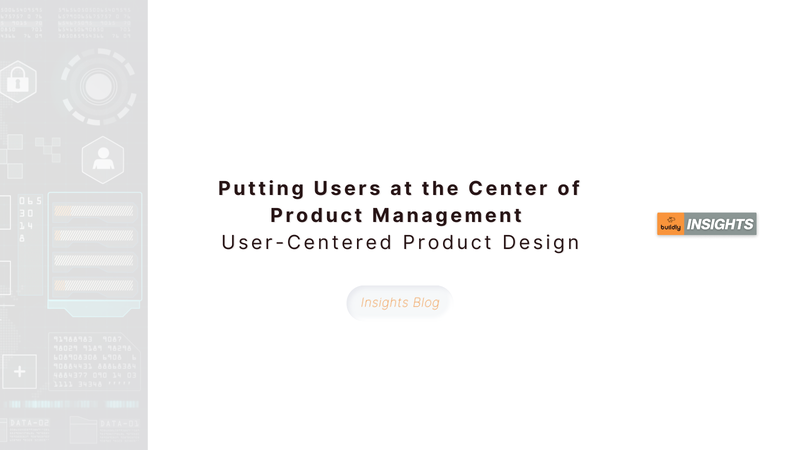Putting Users at the Center of Product Management through User-Centered Product Design

- admin
- June 6, 2023
User-centered product design is an approach that puts the needs and preferences of users at the forefront of product management. By understanding and empathizing with users, product managers can build products that not only meet their needs but also deliver exceptional user experiences. In this article, we'll explore the research methods and importance of user-centered product design and how it can drive product success.
Understanding User-Centered Product Design and Development
A user-centered approach to design is a methodology that focuses on involving users throughout the product development lifecycle. It places emphasis on gathering insights, understanding user behavior, and incorporating user feedback into the product design process. The goal is to create products that are intuitive, enjoyable, and valuable to end users.
The Benefits of User-Centered Product Design
- Enhanced User Experience: By involving target users in the design process, product managers can gain a deeper understanding of their needs, specific problems, and preferences. This insight enables them to design products that are intuitive, usable, and provide a delightful user experience.
- Increased User Adoption and Satisfaction: When products are designed with users in mind, they are more likely to resonate with the target audience. This, in turn, leads to higher user adoption rates and increased user satisfaction, fostering long-term customer loyalty.
- Reduced Development Costs: User-centered product design helps identify potential usability issues or design flaws early in the development process. By addressing these issues early on, product managers can minimize the need for costly redesigns or rework later, ultimately reducing development costs.
- Competitive Advantage: Products that prioritize users' needs and wants gain a competitive edge in the market. When users find a product that meets their goals and requirements and provides an exceptional experience, they are more likely to choose it over competing offerings.
Key Principles of the User-Centered Design Process
- User Research: Conduct user research to gain insights into user behaviors, motivations, and pain points. Methods such as interviews, surveys, usability testing, and ethnographic studies can provide valuable data to inform the design process.
- Persona Development: Create user personas, fictional representations of typical users, to empathize with and understand user needs and goals. This process can help guide decision-making and ensure that user perspectives are considered throughout the design process.
- Iterative Design Process: Adopt an iterative design approach that involves continuously testing and refining product designs based on user feedback. Regular user testing sessions and usability studies help identify areas for improvement and ensure that the product aligns with user expectations and can make the user journey better.
- Usability Testing: Conduct usability testing to evaluate the ease of use and effectiveness of the product. This involves observing users as they interact with the product, identifying usability issues, and making necessary improvements.
- Continuous User Feedback: Establish channels for collecting user feedback throughout the product lifecycle. User feedback can provide valuable insights into feature requests, usability concerns, and overall user satisfaction, guiding future iterations and updates.
Implementing UCD
User-centered design requires:
- Develop a deep understanding of the target audience through user research and persona development.
- Involve users in the design process by conducting regular user testing and incorporating their feedback.
- Prioritize user needs and preferences when making product decisions, balancing them with business objectives.
- Collaborate closely with cross-functional teams, including designers, engineers, and marketing professionals, to align on user-centered design principles.
- Continuously gather user feedback and iterate on product-based user insights.
UCD is a powerful approach that enables product managers to create products and product features that meet user needs and deliver exceptional experiences. By taking into account user behaviors, preferences, and pain points and also collecting their feedback.
By understanding the users and how they'll use the product, we can cater to their needs in each phase of the design journey. From ideation to prototyping, testing, and refining, every step should be driven by a deep comprehension of the users' needs, preferences, and pain points. This user-centric mindset ensures that the final product meets their expectations and provides a seamless experience.

